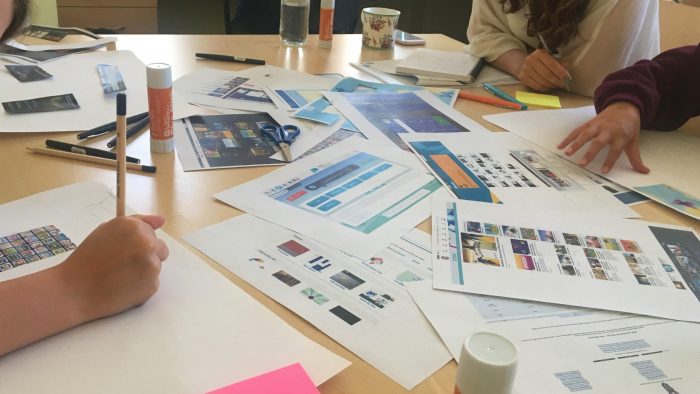Understanding how people engage with content to drive participation for the BBC
The BBC approached System Concepts to explore the many ways users participate with content available publicly online, as well as how they participate ...

Discovery Education supports schools with a range of services and opportunities, enhancing the way teachers teach and pupils learn. These services add educational meaning and relevance with award winning, curriculum-matched digital content, interactive lessons and virtual experiences. We helped by running user research with primary school aged children – and their teachers – to support the design of a new subscription-based digital learning platform.
Discovery Education’s new digital learning platform provided multimedia content to support teaching and learning, including separate views for teachers and pupils, allowing each to access their own content. The product was aimed at primary school pupils aged 4 to 11 (Keystage 2), so needed to be engaging for this user group, while adding educational value and directly supporting teachers. The team wanted a deeper understanding of users’ needs, and asked us to focus our research on the following questions:
Ghazaleh Cousin, Lead User Researcher, Discovery Education
We designed and ran the user research with primary school aged children, combining the use of online questionnaires, workshops and interviews:
We created a survey for pupils to complete during their IT lessons, to gain a deeper knowledge of their tech use at school and at home, and gathered information from 86 pupils across year groups. This addressed children’s use of apps and websites to help with their school work, connect with friends, and access various content. We analysed the survey data and came up with a list of about 20 relevant websites favoured by the children, which we used as resources for the workshop exercises.
Our teacher survey investigated pupils’ use of digital resources for school work in class and at home, how teachers share these resources with pupils, and how they mark/track progress.
After considering the relative merits of running school versus lab-based workshops, we concluded that we’d get much more value from talking to children in their familiar school environment, and ran five 45-minute workshops, each of which involved 3-4 pupils.
The main task was a co-design exercise which involved the kids designing their own educational websites, referencing the screenshots provided from their favourite websites, cutting and sticking them onto their own website design, and adding drawings and annotations. We held both 1:1 discussions and asked children to present their designs to the group, to understand what features and functions they wanted their website to provide. A review of existing Discovery Education offerings further helped us understand the critical and preferred elements, and the appropriate look and feel of websites for KS2 children.
We concluded the research with informal interviews with teachers. This helped us to reality-check children’s responses, and understand how digital resources fit into the practicalities of teaching and learning.
Analysing the survey feedback, workshop results and teacher interviews gave us the insights we needed to deliver a 12 point working design brief for the pupil view within Discovery Education’s new learning platform. This gave the company invaluable design direction as it developed the new service.
The project lead praised the research methodology, planning to run the same user research with primary school aged children across different schools and pupil year groups, to substantiate and extend the initial results.
Ghazaleh Cousin, Lead User Researcher, Discovery Education
The BBC approached System Concepts to explore the many ways users participate with content available publicly online, as well as how they participate ...
A corporate travel company approached System Concepts to support the development of their brand-new travel management platform. Their aim was to ...
Our client wanted to better understand a sub-set of vulnerable customers, to build empathy and identify the crucial user needs to consider for this ...